Hidden histories:
the first
black people
photographed
in Britain
– in pictures
Ethiopian princes in exile,
boxing champs and ‘Friendly
Zulus’ … these previously
unseen images of black people
in the Victorian times
show colonialism in all its
contradictions
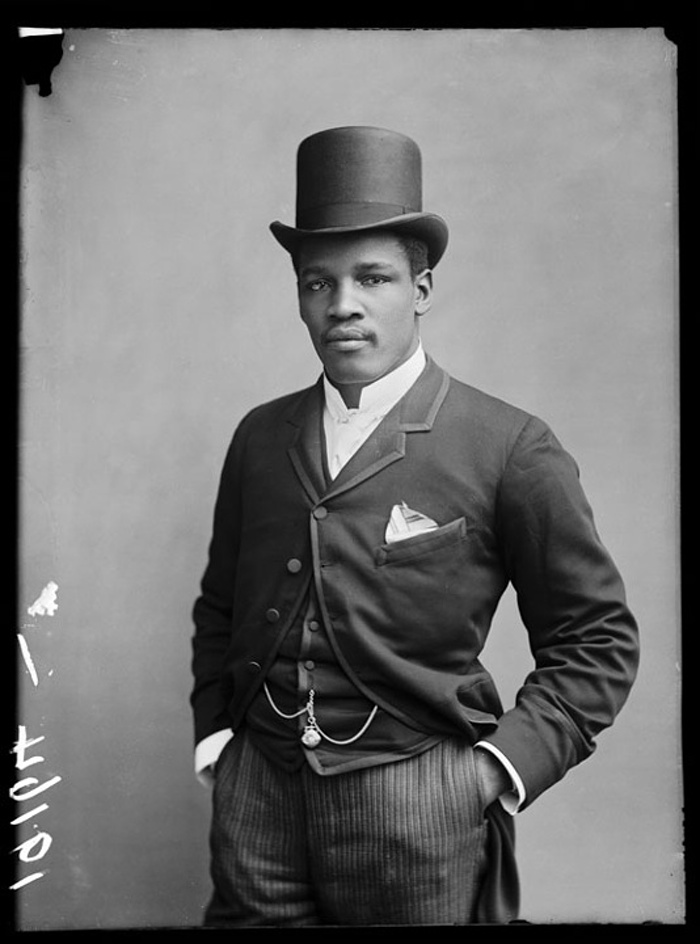
Peter Jackson, 2 December 1889. Born in 1860 in St Croix, then the Danish West Indies, Jackson was a boxing champion who spent long periods of time touring Europe. In England, he staged the famous fight against Jem Smith at the Pelican Club in 1889. In 1888 he claimed the title of Australian heavyweight champion.
Photograph: Hulton Archive/Getty Images
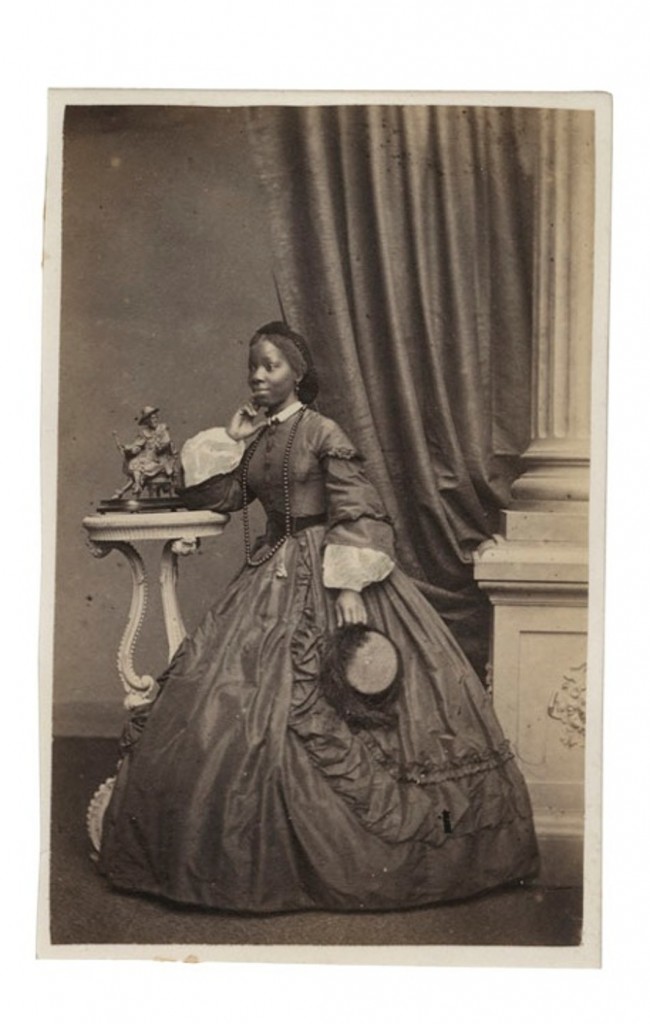
Sara Forbes Bonetta was captured aged five by slave raiders in west Africa, rescued by Captain Frederick E Forbes, then presented as a ‘gift’ to Queen Victoria.
Photograph: Courtesy of Paul Frecker collection/The Library of Nineteenth-Century Photography.
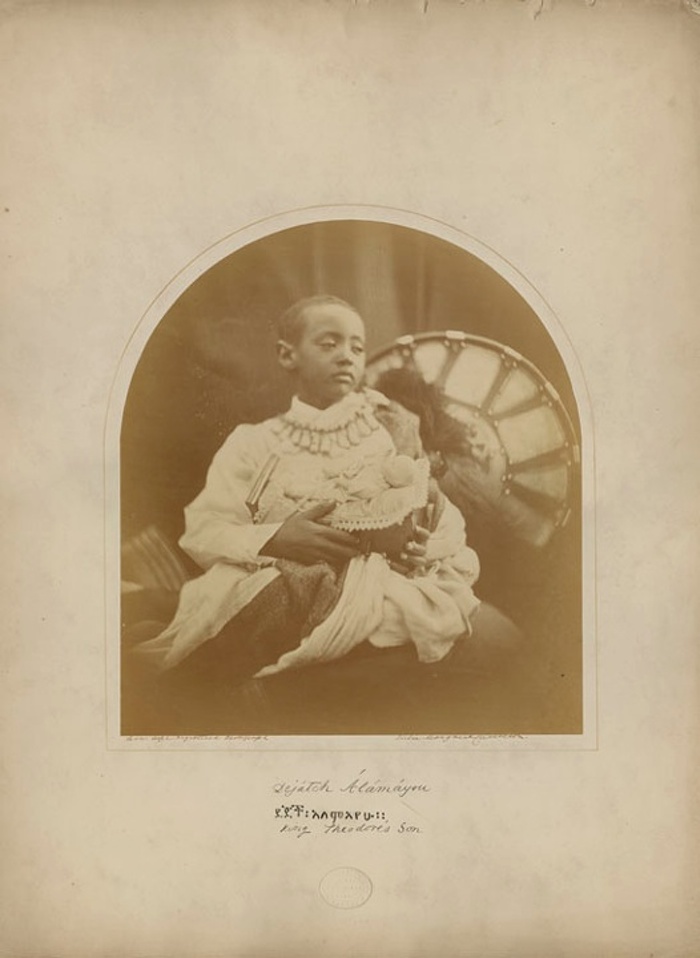
Dejazmatch Alamayou Tewodros on the Isle of Wight,1868. An Ethiopian prince, Alamayou was orphaned at the age of seven, brought to England by Sir Robert Napier and adopted by an explorer.
Photograph: Julia Margaret Cameron /Courtesy of Jenny Allsworth collection.

Major Musa Bhai, 3 November 1890. Musa Bhai travelled to England in 1888 as part of the Booth family, who founded the Salvation Army.
Photograph: Hulton Archive/Getty Images
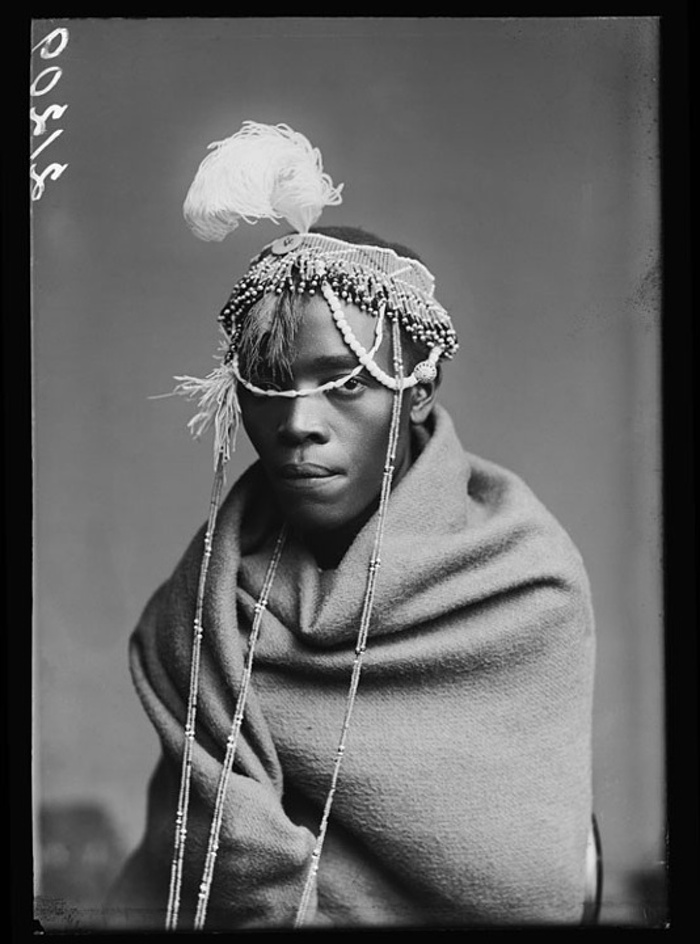
A member of the African Choir, who all had portraits taken at the London Stereoscopic Company in 1891.
Photograph: Hulton Archive/Getty Images
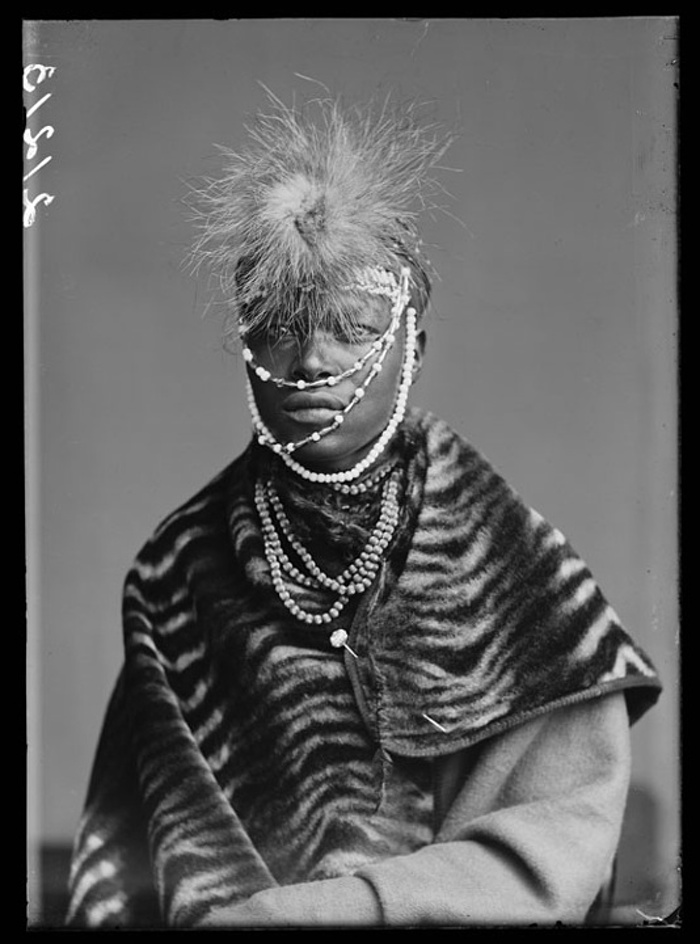
One of the stereoscopic photographs of the African Choir, 1891.
Photograph: Courtesy of © Hulton Archive/Getty Images
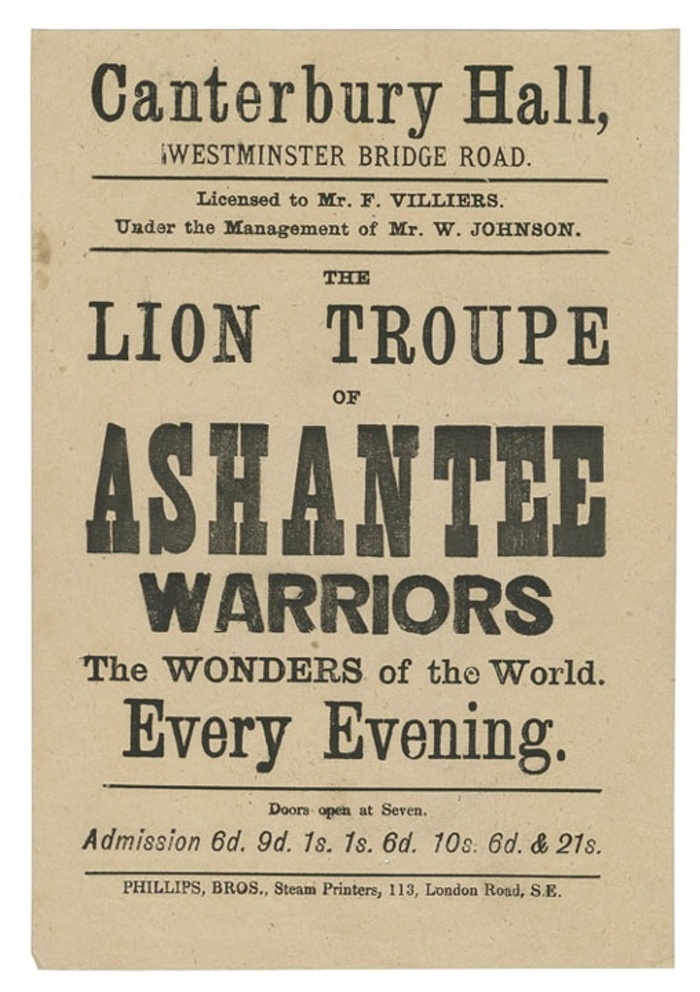
Advert for the Lion Troupe of Ashante Warriors, the Wonders of the World, c1890.
Photograph: Courtesy of Michael Graham Stewart collection.
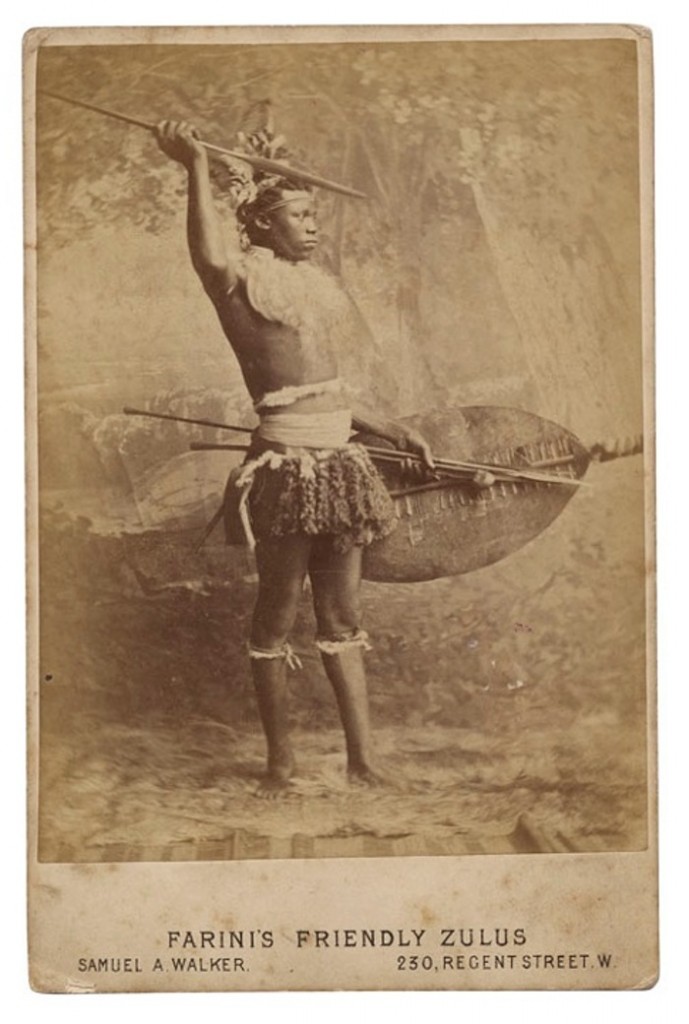
This man was brought to Britain with a Zulu troupe during the Anglo-Zulu War of 1879 and was part of explorer Guillermo Antonio Farini’s exhibition of ‘Friendly Zulus’ in London, 1879.
Photograph: Courtesy of Michael Graham Stewart collection.


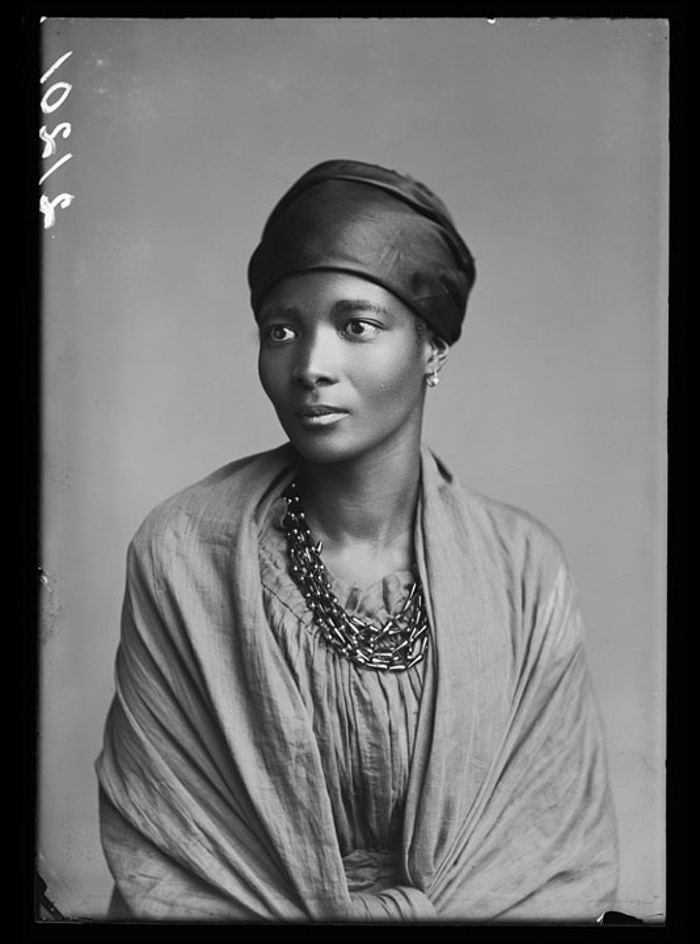
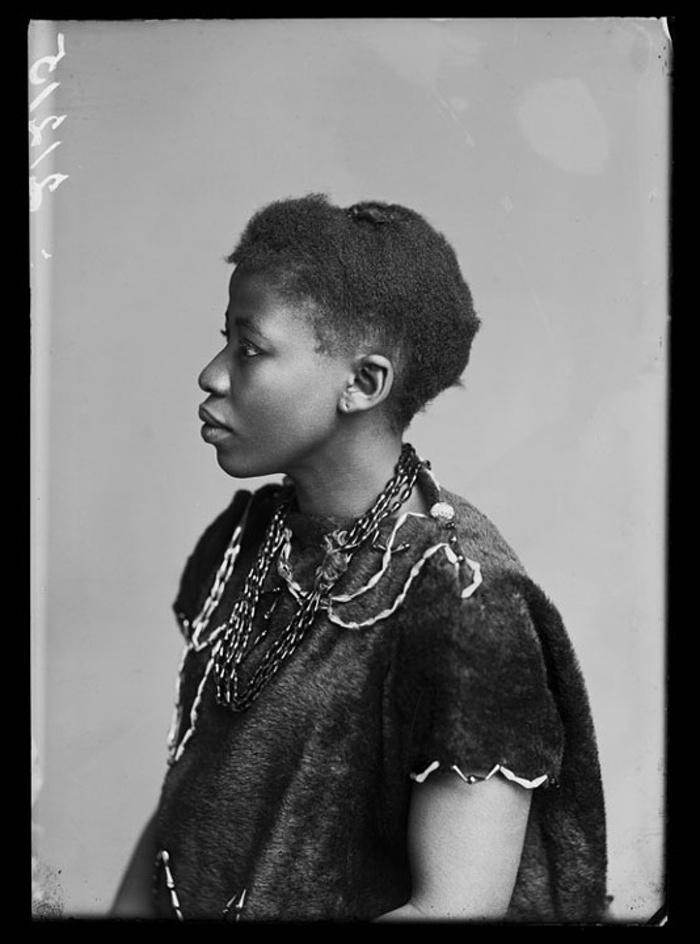
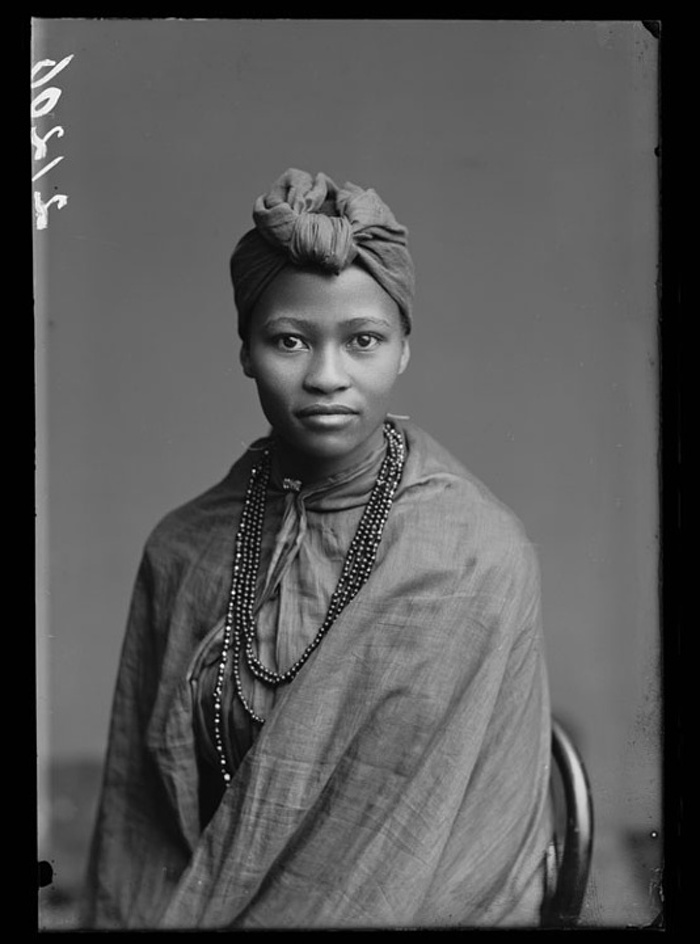
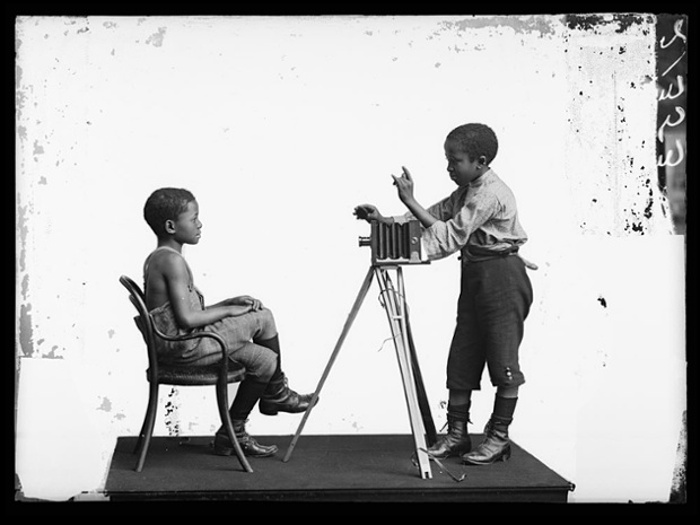
Awesome. I love to see positive portraits of people of color.